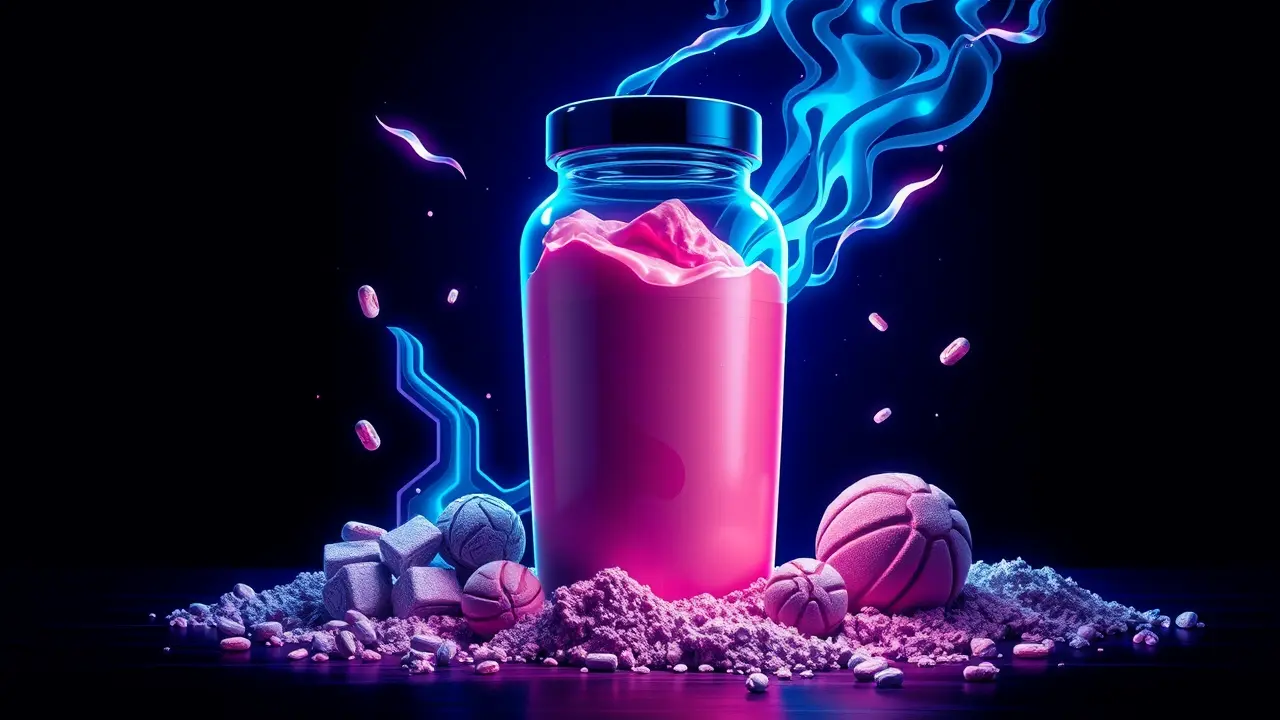Protein Powders Contaminated With Lead According to Study
The ritual is almost sacred for so many of us: that post-workout shake, the clink of the metal blender ball, the belief that we are fueling our bodies for peak performance and recovery. It’s a cornerstone of the fitness lifestyle, a symbol of dedication.Yet, a jarring dissonance has been exposed, one that strikes at the very heart of our wellness pursuits. The Clean Label Project, an organization dedicated to revealing the true contents of consumer products, recently conducted a series of rigorous tests on popular protein powders, and their findings are a gut punch to anyone who prioritizes their health.The results, confirmed in a subsequent investigation by the venerable consumer advocate group Consumer Reports, reveal that many of these products are teeming with lead, a potent neurotoxin with a devastating rap sheet. This isn't just about a contaminated batch; it's a systemic failure in an industry built on trust.Lead exposure, particularly over time, is insidious. It doesn't shout; it whispers, accumulating in the body and leading to a cascade of potential health catastrophes.We're talking about cardiovascular issues, kidney damage, and, most alarmingly, significant developmental problems in children—the very future generation we often seek to inspire with our own healthy habits. The cognitive impacts are profound, potentially affecting memory, learning, and behavior.For athletes, whose bodies are temples of exertion and repair, introducing a substance that can hinder neurological function and overall vitality is a profound betrayal. Consider the marathon runner, in the final weeks of training, meticulously measuring every gram of protein to rebuild muscle fibers broken down by 20-mile long runs, unknowingly ingesting a poison that undermines the very recovery they seek.Picture the weightlifter, chasing a new personal record, whose dedication is being sabotaged by the very supplement meant to empower them. This revelation forces a moment of painful introspection about the entire wellness industrial complex.Where is the oversight? How can products marketed so aggressively as the pinnacle of purity contain such dangerous contaminants? The pathway for this contamination is often traced back to the soil in which the raw materials, like soy or rice, are grown, or through industrial processing methods. This isn't an isolated incident but a symptom of a broader issue in our globalized food supply chain, where speed and profit can sometimes eclipse safety.The emotional weight here is immense. It’s the disillusionment of a parent carefully preparing a protein shake for their athletic teenager, believing they are providing the best, only to discover they may have been inadvertently causing harm.It’s the frustration of the everyday fitness enthusiast who has spent hundreds, if not thousands, of dollars on these products, investing not just money but faith in a promise of better health. This isn't merely a consumer report; it's a call to arms for greater transparency, for stricter regulatory standards, and for a collective awakening.We must demand more from the brands we allow into our bodies. We must become our own advocates, looking beyond the marketing hype and flashy labels to scrutinize third-party testing and ingredient sourcing.The journey to health is paved with intention, and this discovery is a stark reminder that the path is not always as clean as it appears. Our pursuit of physical excellence should not come at the cost of our long-term well-being. The true test of strength now lies not in the gym, but in our diligence to ensure the fuels we choose truly build us up, rather than silently breaking us down.
It’s quiet here...Start the conversation by leaving the first comment.
